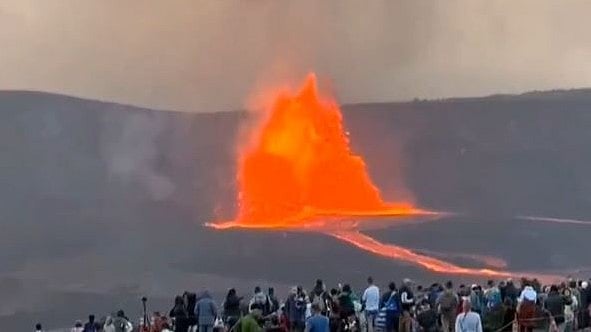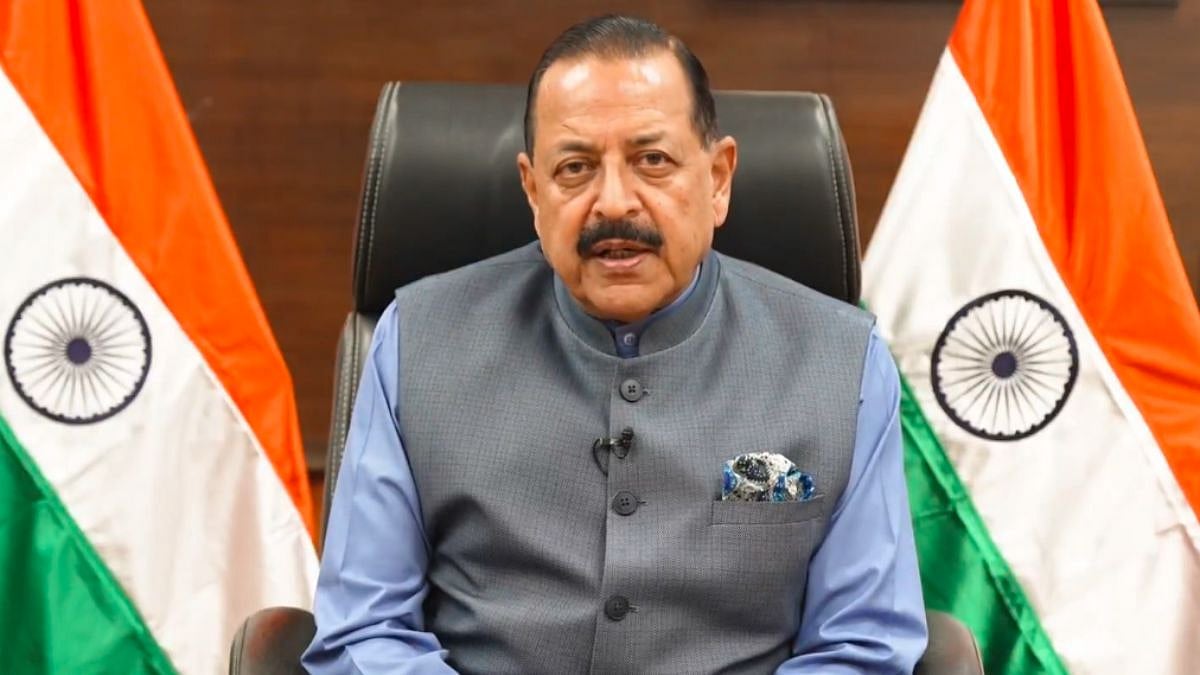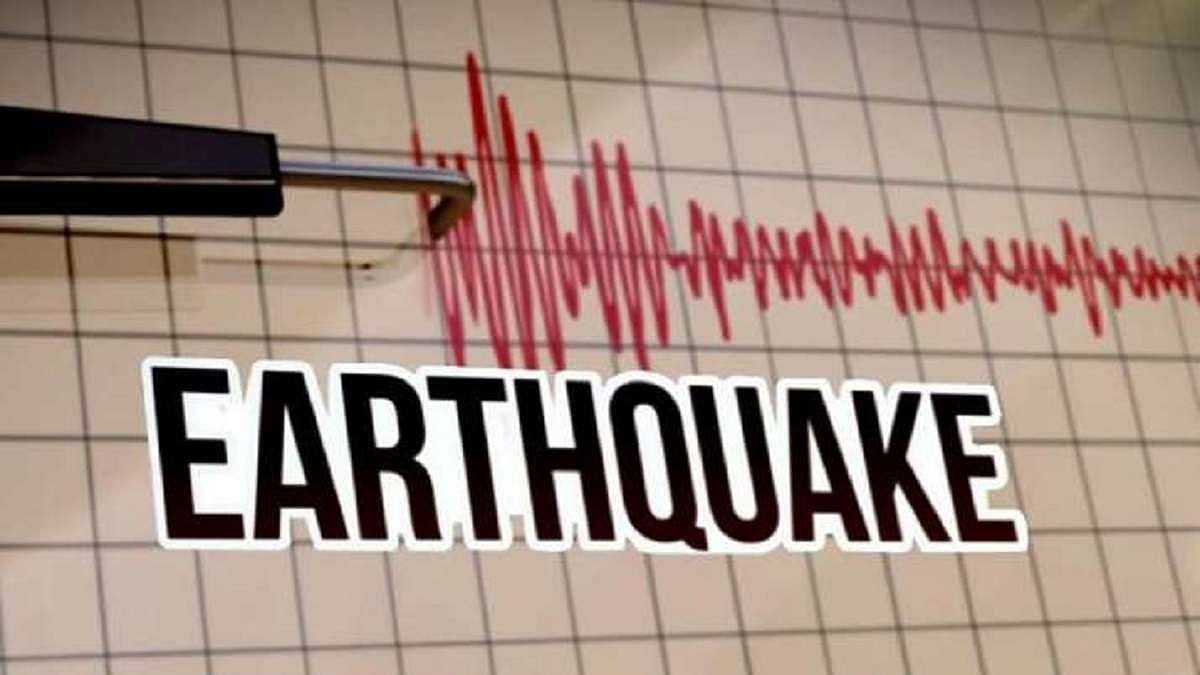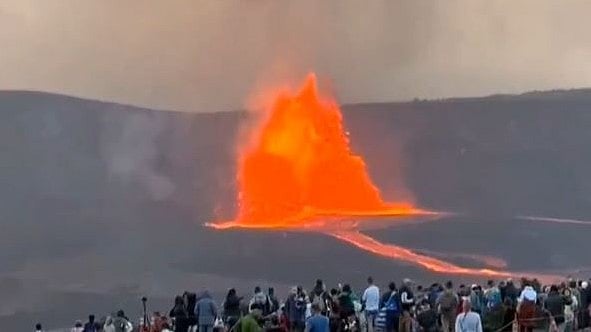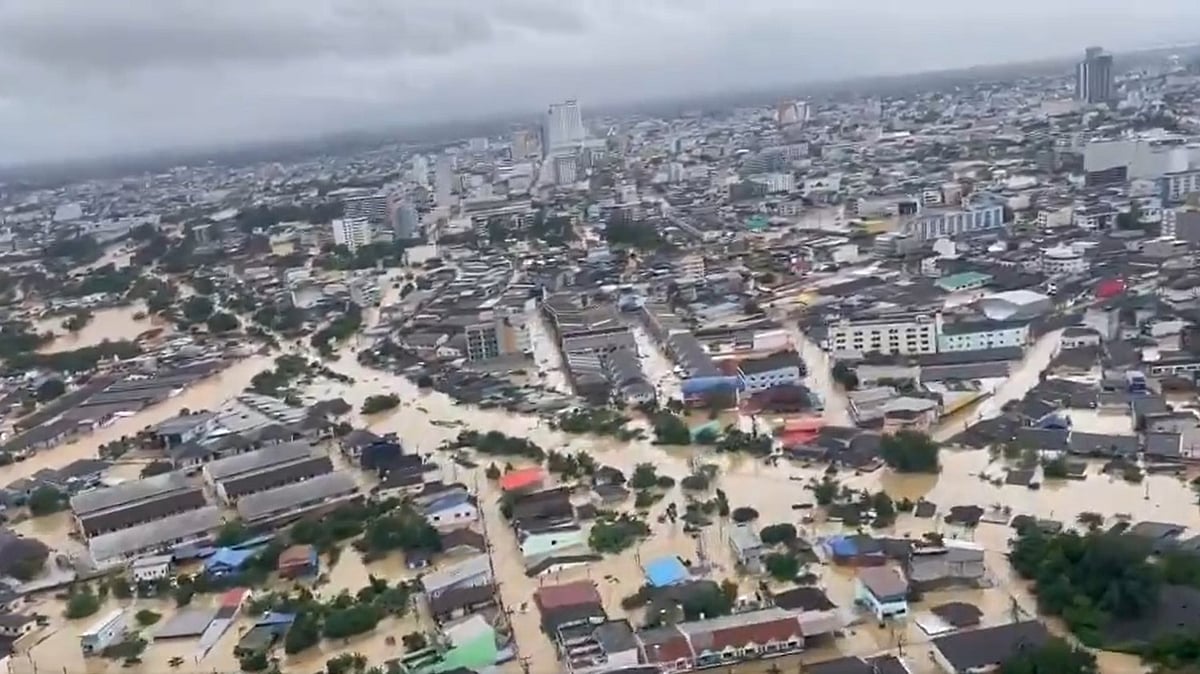Lava burst out of Hawaii’s Kilauea Volcano on Tuesday as the notoriously active volcano roared back to life. Fresh video released by the United States Geological Survey (USGS) captured continuous lava fountains shooting nearly 400 feet (120 metres) high, accompanied by thick plumes of ash and smoke.
USGS said this marks Kilauea’s 37th eruption since December 2024. The agency noted that all volcanic activity remains restricted to the Halemaʻumaʻu crater inside Hawaiʻi Volcanoes National Park, and that commercial flights at Hawaii County’s KOA and ITO airports remain unaffected.
The volcano’s previous eruption on November 9 was brief—lasting about five hours, but produced dramatic lava jets rising up to 1,200 feet (370 metres) from one vent and 750 feet (230 metres) from another, according to USGS.
Kilauea is considered the youngest and most active volcano on Hawaii’s Big Island, with near-continuous eruptive activity since 1983. It remains one of the world’s most studied and closely watched volcanoes.
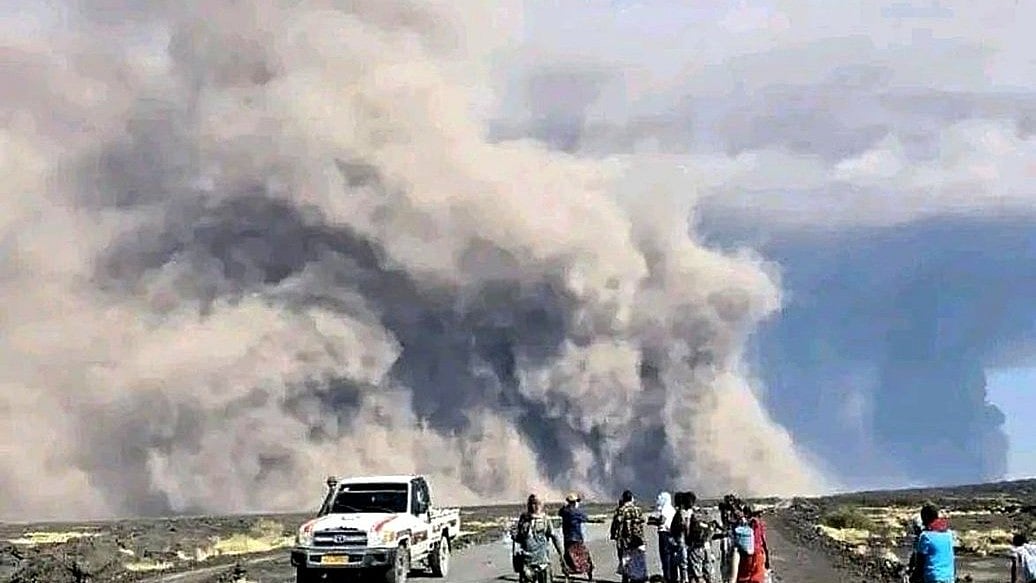
Notably, this comes just days after Ethiopia’s Hayli Gubbi volcano, located in the country’s Afar region about 500 miles north-east of Addis Ababa near the Eritrean border, erupted on Sunday for several hours, marking its first known eruption in nearly 12,000 years.
Following the eruption, thick plumes of smoke rose up to 9 miles (14 km) into the sky and drifted across the Red Sea toward Yemen and Oman.
